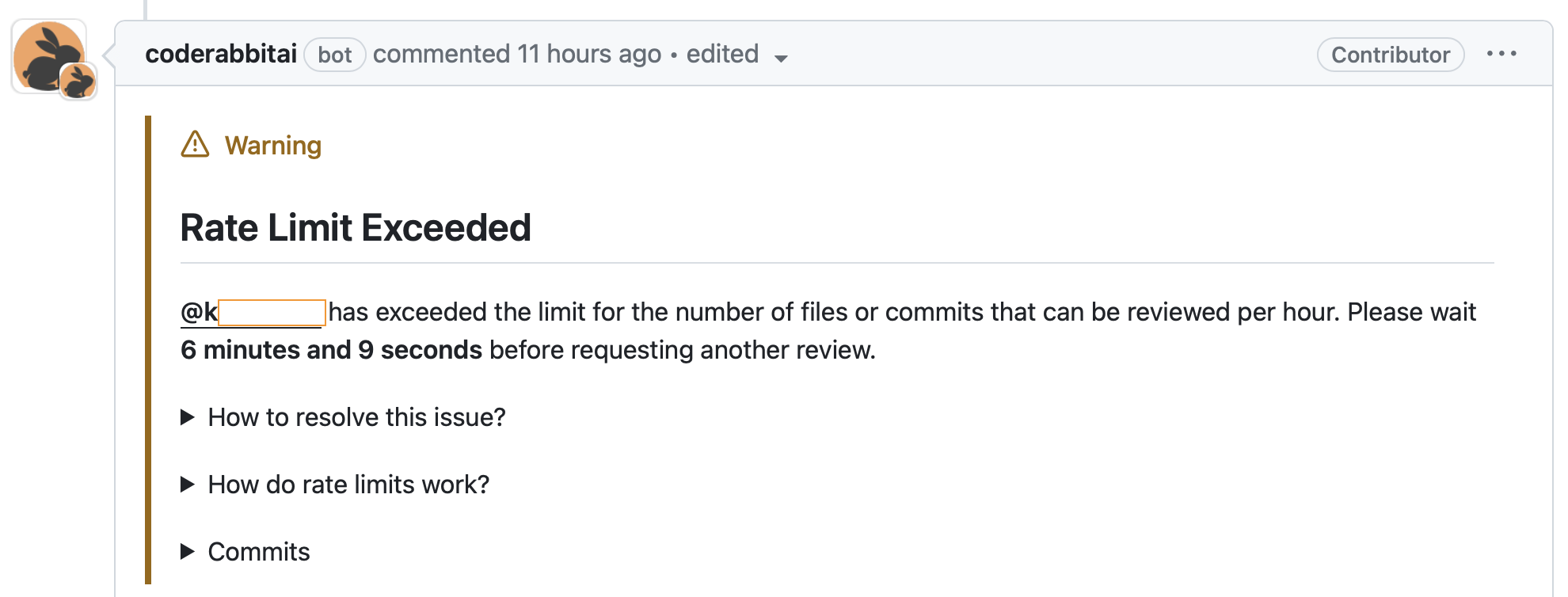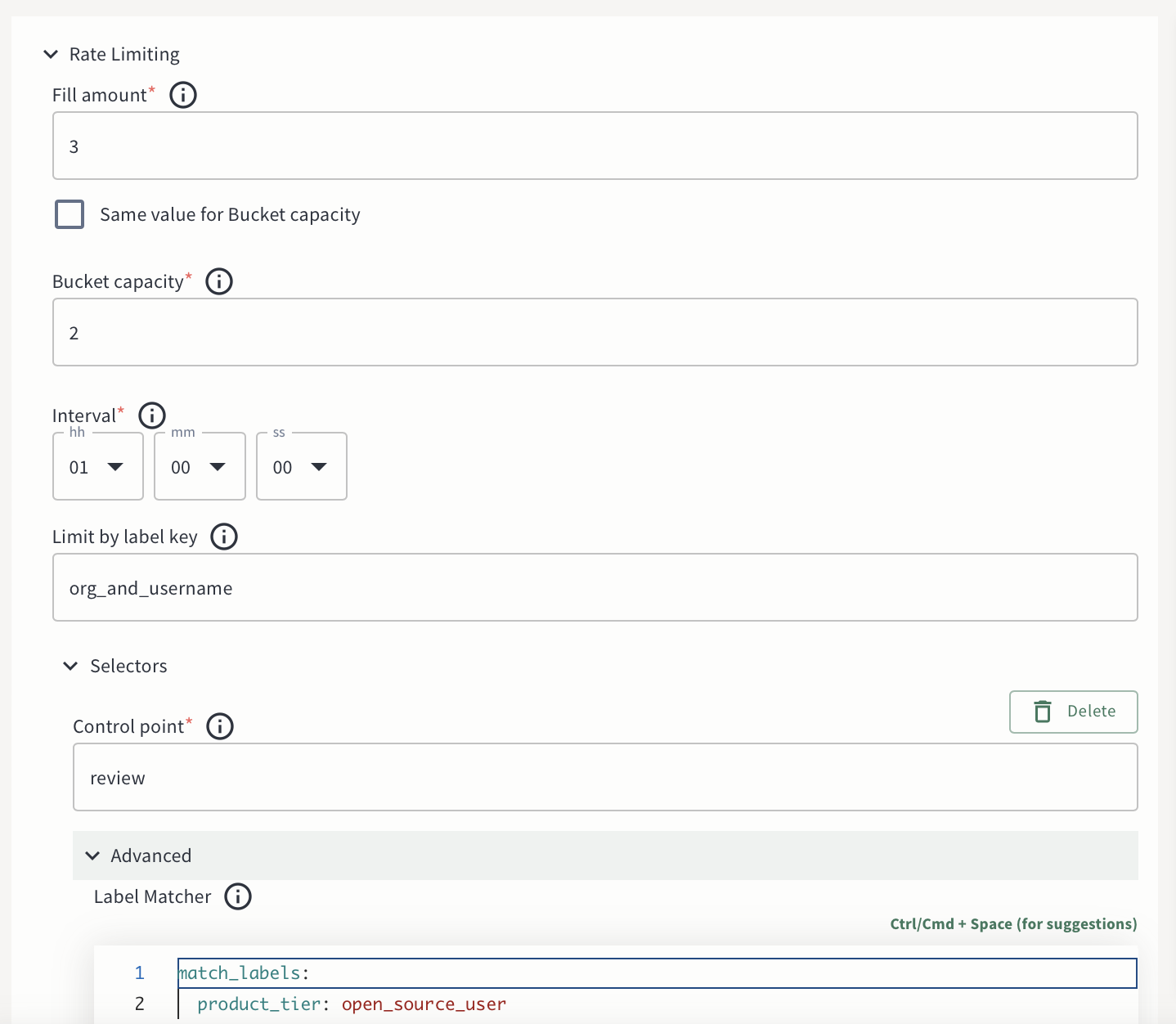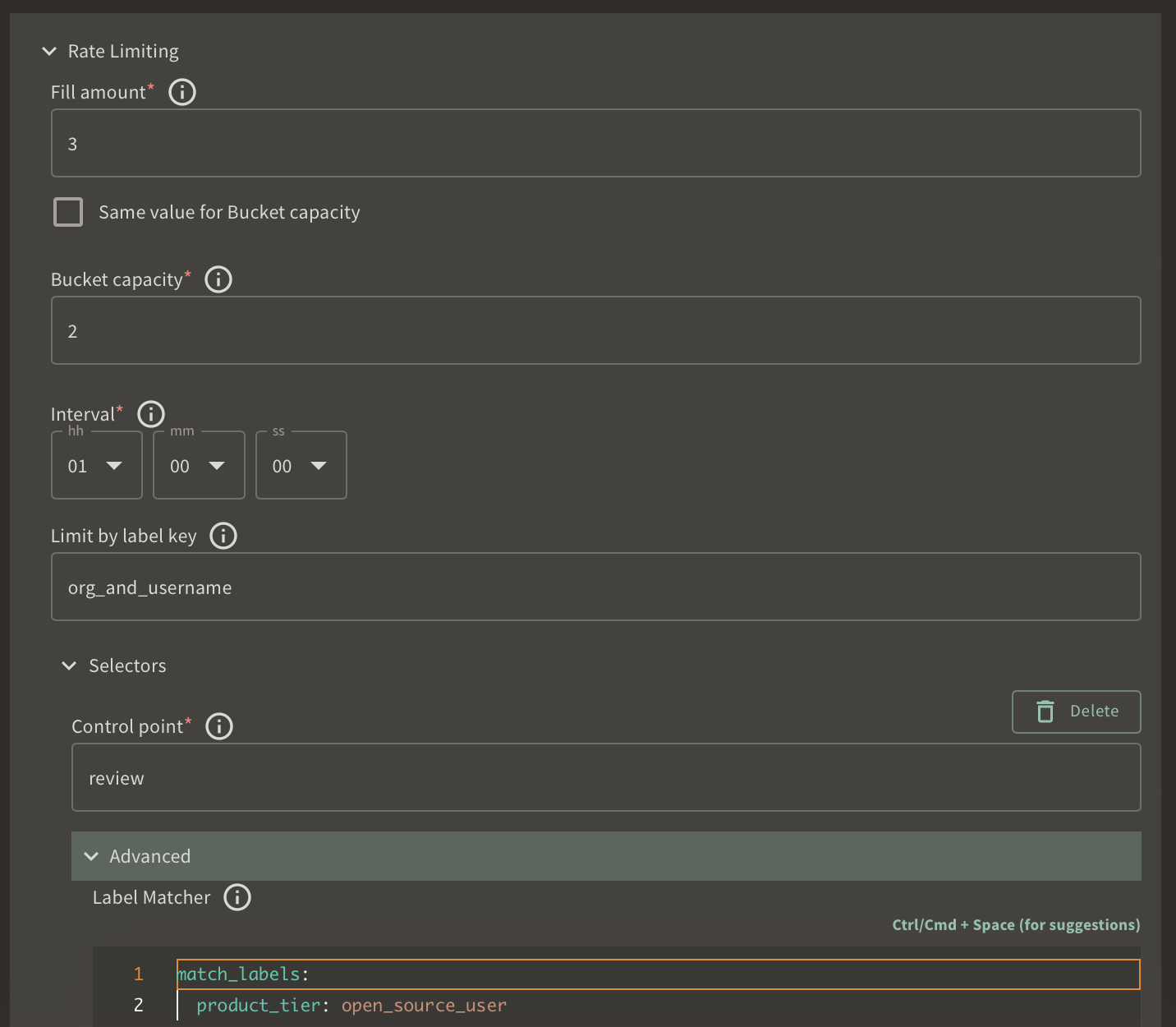This guest post is by CodeRabbit, a startup utilizing OpenAI's API to provide AI-driven code reviews for GitHub and GitLab repositories.
Since its inception, CodeRabbit has experienced steady growth in its user base, comprising developers and organizations. Installed on thousands of repositories, CodeRabbit reviews several thousand pull requests (PRs) daily. We have previously discussed our use of an innovative client-side request prioritization technique to navigate OpenAI rate limits. In this blog post, we will explore how we manage to deliver continuous, in-depth code analysis cost-effectively, while also providing a robust, free plan to open source projects.
CodeRabbit's Product Offering and LLM Consumption
CodeRabbit offers the following tiers of service:
- CodeRabbit Pro: A paid service providing in-depth code reviews for private repositories. It's priced according to the number of developers, starting with a full-featured 7-day free trial.
- CodeRabbit for Open Source: A free service offering in-depth code reviews for open source (public) repositories.
- CodeRabbit Free: A free plan for private repositories, providing summarization of code changes in a PR.
Our vision is to offer an affordable, AI-driven code review service to developers and organizations of all sizes while supporting the open source community. We are particularly mindful of open source projects, understanding the challenges in reviewing community contributions. Our goal is to reduce the burden of code reviews for open source maintainers by improving submission quality before the review process begins.
CodeRabbit's review process is automatically triggered when a PR is opened in
GitHub or GitLab. Each review involves a complex workflow that builds context
and reviews each file using large language models (LLMs). Code review is a
complex task that requires an in-depth understanding of the changes and the
existing codebase. High-quality review comments necessitate state-of-the-art
language models such as gpt-4. However, these models are significantly more
expensive than simpler models, as shown by the
10x-30x price difference between gpt-3.5-turbo
and gpt-4 models.
Our primary cost driver is using OpenAI's API to generate code review comments. We will share our cost optimization strategies in the following sections. Without these optimizations, our free offering to open source projects would not be feasible.
 Request flow
showing rate limits and gpt-3.5-turbo based filtering
Request flow
showing rate limits and gpt-3.5-turbo based filtering
Dual-models: Summarize & Triage Using Simpler Models
For less complex tasks such as summarizing code diffs, simpler models such as
gpt-3.5-turbo are adequate. As an initial optimization, we use a mix of
models, as detailed in
our earlier blog post. We use
gpt-3.5-turbo to compress large code diffs into concise summaries, which are
then processed by gpt-4 for reviewing each file. This dual-model approach
significantly reduces costs and enhances review quality, enabling us to manage
PRs with numerous files and extensive code differences.
Additionally, we implemented triage logic to skip trivial changes from the review process. We use the simpler model to classify each diff as either trivial or complex, as part of the same prompt used for code diff summarization. Low-risk changes such as documentation updates, variable renames, and so on, are thus excluded from the thorough review process. This strategy has proven effective, as simpler models can accurately identify trivial changes.
By using this dual-model approach for summarization and filtering out trivial changes, we save almost 50% on costs.
Triage prompt from CodeRabbit OSS version
Rate-limiting: Enforcing Fair Usage
Upon launching our free service for open source projects, we noticed individual developers using it as a coding co-pilot by making hundreds of incremental commits for continuous feedback. CodeRabbit, designed for thorough code reviews unlike tools such as GitHub Copilot, incurs high costs when used in this manner. Therefore, we implemented hourly rate-limits on the number of files and commits reviewed per user, to control excessive usage without compromising user experience. These limits vary across different product tiers. For example, we set more aggressive limits for open source users compared to trial and paid users.
To implement these rate-limits, we evaluated various options for Serverless environments. We opted for FluxNinja Aperture for its simplicity and policy sophistication. We were already using Aperture for managing OpenAI rate limits, making it a natural choice for our rate-limiting needs as well.
In Aperture, policies are decoupled from application logic through labels, enabling new policy additions without altering application code. We apply labels in Aperture, wrap the review workload with its SDK, and write policies that enforce limits on those labels. For example, we enforce a 3 reviews per hour limit (1 review every 20 minutes) for open source users, allowing a burst of 2 back-to-back reviews, as shown in the screenshots below.
Integration with Aperture SDK

 Wait time feedback to the user in a comment
Wait time feedback to the user in a comment
Given the high cost and capacity constraints of state-of-the-art models such as
gpt-4, rate-limiting is an essential requirement for any AI application. By
implementing fair-usage rate limits, we are saving almost 20% on our costs.

 Rate limit metrics for open source users
Rate limit metrics for open source users
Caching: Avoid Re-generating Similar Review Comments
We believe that building user habits around AI involves seamlessly augmenting existing workflows. Therefore, AI code reviews must be continuous: they should trigger as soon as a PR is opened and incrementally update the summary and generate review comments as more commits are added.
However, this approach can become expensive and generate repetitive feedback, as similar review comments are re-generated for each commit. We observed that most incremental commits involve minor adjustments or bug fixes in the initial implementation. To address this, we implemented a caching layer for summaries to help avoid re-generating similar review comments for incremental commits.
Once again, Aperture proved useful here, as it provides a simple caching mechanism within the same API call where we implemented rate limits. During each incremental review, we use the simpler model for a semantic comparison of the code changes described in both summaries. If the changes are similar, we skip the review for those files to prevent re-generating similar review comments. This method differs from vector similarity-based caching techniques, as we use an LLM model for comparing summaries. Vector similarity-based approaches wouldn't be effective in our case, as the summaries require semantic comparison. We have integrated this method into the same prompt used for code diff summarization and triage.
By using the more cost-effective gpt-3.5-turbo model as an advanced similarity
filter before invoking the more expensive gpt-4 model for the same file, we
have saved almost 20% of our costs by avoiding the generation of similar review
comments.
Conclusion
In this blog post, we briefly discussed how state-of-the-art LLMs such as
gpt-4 can be expensive in production. We also shared our strategy of using a
combination of simpler models, rate limits, and caching to optimize operational
costs. We hope our experiences can assist other AI startups in optimizing their
costs and developing cost-effective AI applications.

 Aperture configuration for open source users to limit commits per hour
Aperture configuration for open source users to limit commits per hour